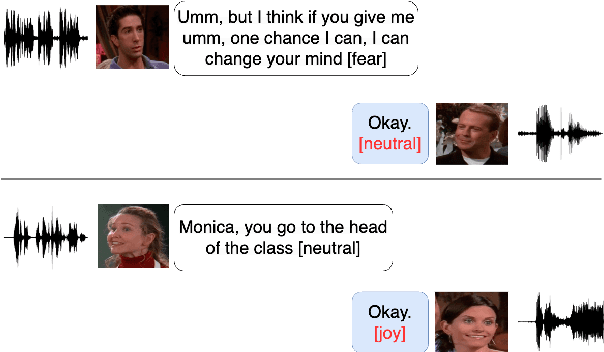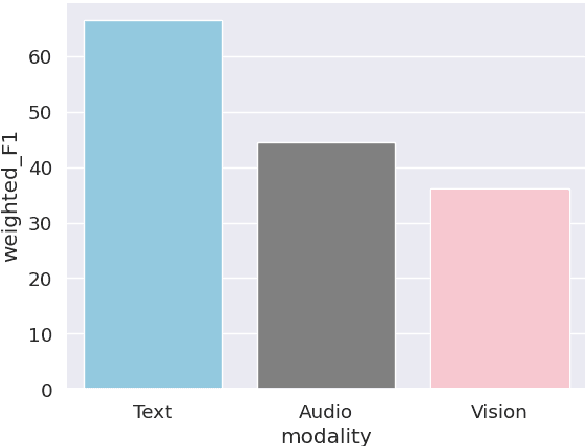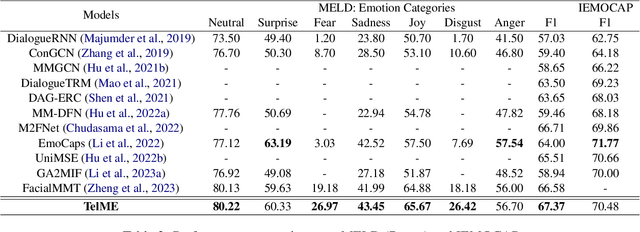Jeonghwan Lee
Off-policy estimation with adaptively collected data: the power of online learning
Nov 19, 2024Abstract:We consider estimation of a linear functional of the treatment effect using adaptively collected data. This task finds a variety of applications including the off-policy evaluation (\textsf{OPE}) in contextual bandits, and estimation of the average treatment effect (\textsf{ATE}) in causal inference. While a certain class of augmented inverse propensity weighting (\textsf{AIPW}) estimators enjoys desirable asymptotic properties including the semi-parametric efficiency, much less is known about their non-asymptotic theory with adaptively collected data. To fill in the gap, we first establish generic upper bounds on the mean-squared error of the class of AIPW estimators that crucially depends on a sequentially weighted error between the treatment effect and its estimates. Motivated by this, we also propose a general reduction scheme that allows one to produce a sequence of estimates for the treatment effect via online learning to minimize the sequentially weighted estimation error. To illustrate this, we provide three concrete instantiations in (\romannumeral 1) the tabular case; (\romannumeral 2) the case of linear function approximation; and (\romannumeral 3) the case of general function approximation for the outcome model. We then provide a local minimax lower bound to show the instance-dependent optimality of the \textsf{AIPW} estimator using no-regret online learning algorithms.
Efficient Terminology Integration for LLM-based Translation in Specialized Domains
Oct 21, 2024Abstract:Traditional machine translation methods typically involve training models directly on large parallel corpora, with limited emphasis on specialized terminology. However, In specialized fields such as patent, finance, or biomedical domains, terminology is crucial for translation, with many terms that needs to be translated following agreed-upon conventions. In this paper we introduce a methodology that efficiently trains models with a smaller amount of data while preserving the accuracy of terminology translation. We achieve this through a systematic process of term extraction and glossary creation using the Trie Tree algorithm, followed by data reconstruction to teach the LLM how to integrate these specialized terms. This methodology enhances the model's ability to handle specialized terminology and ensures high-quality translations, particularly in fields where term consistency is crucial. Our approach has demonstrated exceptional performance, achieving the highest translation score among participants in the WMT patent task to date, showcasing its effectiveness and broad applicability in specialized translation domains where general methods often fall short.
TelME: Teacher-leading Multimodal Fusion Network for Emotion Recognition in Conversation
Jan 16, 2024



Abstract:Emotion Recognition in Conversation (ERC) plays a crucial role in enabling dialogue systems to effectively respond to user requests. The emotions in a conversation can be identified by the representations from various modalities, such as audio, visual, and text. However, due to the weak contribution of non-verbal modalities to recognize emotions, multimodal ERC has always been considered a challenging task. In this paper, we propose Teacher-leading Multimodal fusion network for ERC (TelME). TelME incorporates cross-modal knowledge distillation to transfer information from a language model acting as the teacher to the non-verbal students, thereby optimizing the efficacy of the weak modalities. We then combine multimodal features using a shifting fusion approach in which student networks support the teacher. TelME achieves state-of-the-art performance in MELD, a multi-speaker conversation dataset for ERC. Finally, we demonstrate the effectiveness of our components through additional experiments.
Topic Segmentation Model Focusing on Local Context
Jan 05, 2023Abstract:Topic segmentation is important in understanding scientific documents since it can not only provide better readability but also facilitate downstream tasks such as information retrieval and question answering by creating appropriate sections or paragraphs. In the topic segmentation task, topic coherence is critical in predicting segmentation boundaries. Most of the existing models have tried to exploit as many contexts as possible to extract useful topic-related information. However, additional context does not always bring promising results, because the local context between sentences becomes incoherent despite more sentences being supplemented. To alleviate this issue, we propose siamese sentence embedding layers which process two input sentences independently to get appropriate amount of information without being hampered by excessive information. Also, we adopt multi-task learning techniques including Same Topic Prediction (STP), Topic Classification (TC) and Next Sentence Prediction (NSP). When these three classification layers are combined in a multi-task manner, they can make up for each other's limitations, improving performance in all three tasks. We experiment different combinations of the three layers and report how each layer affects other layers in the same combination as well as the overall segmentation performance. The model we proposed achieves the state-of-the-art result in the WikiSection dataset.
A Worker-Task Specialization Model for Crowdsourcing: Efficient Inference and Fundamental Limits
Nov 19, 2021



Abstract:Crowdsourcing system has emerged as an effective platform to label data with relatively low cost by using non-expert workers. However, inferring correct labels from multiple noisy answers on data has been a challenging problem, since the quality of answers varies widely across tasks and workers. Many previous works have assumed a simple model where the order of workers in terms of their reliabilities is fixed across tasks, and focused on estimating the worker reliabilities to aggregate answers with different weights. We propose a highly general $d$-type worker-task specialization model in which the reliability of each worker can change depending on the type of a given task, where the number $d$ of types can scale in the number of tasks. In this model, we characterize the optimal sample complexity to correctly infer labels with any given recovery accuracy, and propose an inference algorithm achieving the order-wise optimal bound. We conduct experiments both on synthetic and real-world datasets, and show that our algorithm outperforms the existing algorithms developed based on strict model assumptions.
Hypergraph Clustering in the Weighted Stochastic Block Model via Convex Relaxation of Truncated MLE
Mar 23, 2020
Abstract:We study hypergraph clustering under the weighted $d$-uniform hypergraph stochastic block model ($d$-WHSBM), where each edge consisting of $d$ nodes has higher expected weight if $d$ nodes are from the same community compared to edges consisting of nodes from different communities. We propose a new hypergraph clustering algorithm, which is a convex relaxation of truncated maximum likelihood estimator (CRTMLE), that can handle the relatively sparse, high-dimensional regime of the $d$-WHSBM with community sizes of different orders. We provide performance guarantees of this algorithm under a unified framework for different parameter regimes, and show that it achieves the order-wise optimal or the best existing results for approximately balanced community sizes. We also demonstrate the first recovery guarantees for the setting with growing number of communities of unbalanced sizes.
 Add to Chrome
Add to Chrome Add to Firefox
Add to Firefox Add to Edge
Add to Edge